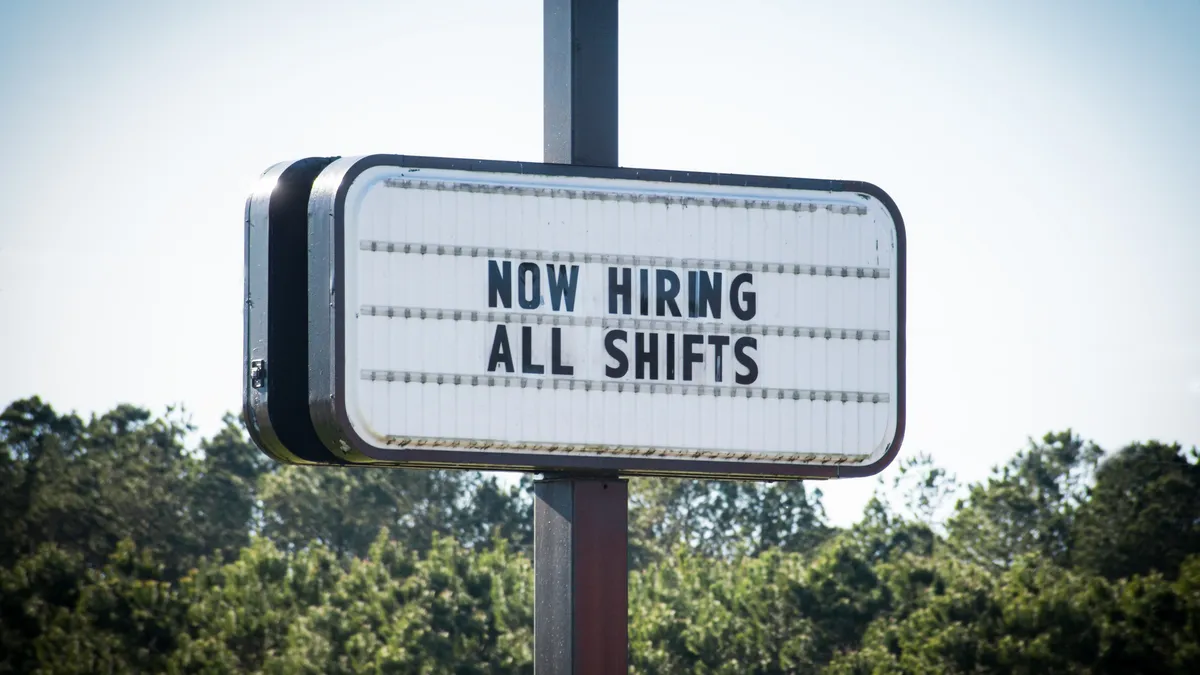Despite some easing in the labor market, job seekers are still on the hunt, and becoming ever more frustrated with the process.
A lot of the dissatisfaction comes from not being kept in the loop during the process — or not being contacted at all. According to the Human Capital Institute, 75% of job applicants never hear back from an employer after applying for a job, and 60% don’t hear a peep after an interview.
This means that the ideal candidate might be waiting for a call (or email or text) that never comes, and they might think negatively of a company for the rest of their lives because of it.
Talent managers aren’t entirely to blame; each job opening gets an average of 118 applications, according to Interview Success Formula, and sorting through them all takes time.
Here’s what companies can do to sort the wheat from the chaff, without losing excellent job candidates in the process.
A tedious application experience hurts companies, in more ways than one
In its 2023 Talent Experience Report, iCIMS, a talent cloud company, found that the job hunting process is still a major headache that can cost companies not just good candidates, but customers as well.
Of those surveyed, 43% of workers said their last job search was frustrating and long, with 72% saying that they expected the job application process to take three weeks or less.
Job hunters aren’t shy about sharing these frustrations: 18% of respondents said they would post a review on Glassdoor if they had a bad interview experience, and 14% said the same about a bad application experience. That’s a problem, as 36% of workers consider Glassdoor reviews to be an accurate source of information about a potential employer, according to iCIMS’ report.
iCIMS also found that 56% of workers are less likely to be a consumer of that brand if they had a bad experience applying for a job there.
“What we’ve had a hunch for a long time is these experiences can actually impact a company’s bottom line,” said Laura Coccaro, chief people officer at iCIMS.
The process is also taking longer, which can fuel dissatisfaction. According to a recent report from The Josh Bersin Co., jobs now take an average of 44 days to fill, up from 43 days last year. Some can stay vacant for three months, or longer. Good candidates “are not going to wait,” said Josh Bersin, company CEO.
Solutions are in technology — and in more people
In any recruitment process, candidates should be kept in the loop. That could be an email from a recruiter thanking them for applying, or an automated email or text, depending on the type of job they’re applying for.
“You don’t want to leave candidates in the dark,” said Coccaro. Just an acknowledgment of an application and updates at different touch points along the process, can make a big difference.
Companies can also use those touch points to send updates to candidates that include content about the company, like videos, so they can learn more about where they hope to work.
That can be done with technology and automated processes. Depending on the job, those same technologies can be leveraged to play a bigger role in the process, or handle it almost entirely.
Bersin pointed to the success of McHire, McDonald’s AI-enabled talent-hiring platform. When deployed at 1,450 locations in the U.K. and Ireland, it reduced time-to-hire by about 65%, while those locations also saw a 20% increase in candidates applying.
But for a lot of positions, especially in areas where talent is in short supply, the human touch is going to matter, especially for candidates who might not be a fit for the job open right now, but could be for another one in the future. “That makes a huge difference. If you don’t have a recruiter or enough recruiters, or you have a part-time HR manager doing this and 50 other things, they’re not going to have the time,” Bersin said.
Companies learn this the hard way, he added, by trying to get by on fewer resources, which results in them not getting the right people, and either filling the job with the wrong person, or not at all.












